Lots of aspiring engineers and programmers consider a gig at Google to be the holy grail of tech jobs. About 2 million hopefuls submit their resumes to the Mountain View, Calif.-based search giant every year, according to The Guardian. Only 5,000 of them are hired.
Along with its parent company, Alphabet, Google has teams working across lots of different fields — search, yes, but also robotics, automobiles and life sciences, among others. That means there are lots of unique jobs within the Google umbrella. Perhaps the most unusual: Google Doodler.
The Doodle team is made up of the artists, designers, and engineers responsible for those amusing illustrations that millions of people might see on Google’s main search page. As it turns out, the job is more high-pressure than it might sound.
“The big challenge for Doodles is the hard deadline,” says Jordan Thompson, an engineer that transferred to Google’s Doodle team from another department. The new Beethoven-themed interactive that went live on Wednesday is the first elaborate Doodle Thompson has worked on. As he explains, Doodles need to be ready on a precise day in order to honor a specific historical event or figure. “It has to be on that day or else it won’t launch, or it would launch a year later,” says Thompson. “There aren’t many other places [in Google] that have a day requirement to have something out.”
Meeting those deadlines has become more challenging as Google’s Doodles have evolved from simple drawings to more complex designs over the years, says Leon Hong, an artist on the Google Doodle team. “As an artist, trying to put something on paper within a certain time frame is very difficult,” says Hong. “Especially when it’s interactive and you have to define all of these things.”
Adding to that deadline pressure is the short window within which the Doodle team must work. “You have a fixed amount of time to go from a vague concept to a clever idea and a prototype on a fixed schedule,” says Jonathan Shneier, an engineer on the Doodle team.
Shneier says the process typically works like this: The Doodle team compiles a list of thousands of ideas that come from inside and outside of the company. Then it’s up to the Doodlers to narrow those down into feasible topics, with an eye towards representing countries around the world and people of all races, genders and ethnicities, as well as picking topics that align with Google’s values. Google has been criticized in the past for lack of Doodle diversity; the company is now taking pains to address those concerns. “There’s a million things that go into it,” says Shneier.
Even after all that work, global events can force Google’s Doodle team to change its plan at the last minute. “Sometimes we have a topic that we’re really excited about, but it conflicts with a certain news event that would make it seem inappropriate, so we push that,” says Shneier.
Google’s new Beethoven Doodle, for instance, has been in the works since 2013. “Beethoven is actually a Doodle we’ve been wanting to do for a long time,” says Hong, the artist. “But we always ran into bad luck trying to come up with a good game or a good experience for it.” Lots of other Doodle ideas have yet to come to fruition. The team has been kicking around a Twilight Zone-themed idea for years, but the idea hasn’t panned out. Part of the problem involved securing the necessary rights, but the team also struggled with fleshing out the concept. “We went through a lot of ideas,” says Shneier. “I think that was part of the problem.”
All told, despite the uncertainties and strict deadlines, Doodlers find their jobs to be very rewarding. “The best part is being able to learn a lot of new things on the job, being able to research different topics, and learning about Beethoven’s life, or all of these other people,” says Hong.
Schneier even had the opportunity to bring a family member into the creative process for the Beethoven Doodle. “We needed to get recordings of the very pieces we’re putting into the game so people can hear the music,” he said. “So we needed a pianist, and it turns out my brother is a musician.” And he, for one, loves having what’s among the most offbeat jobs in Silicon Valley: “I still sort of pinch myself sometimes.”
See How Google’s Logo Has Evolved Over the Years
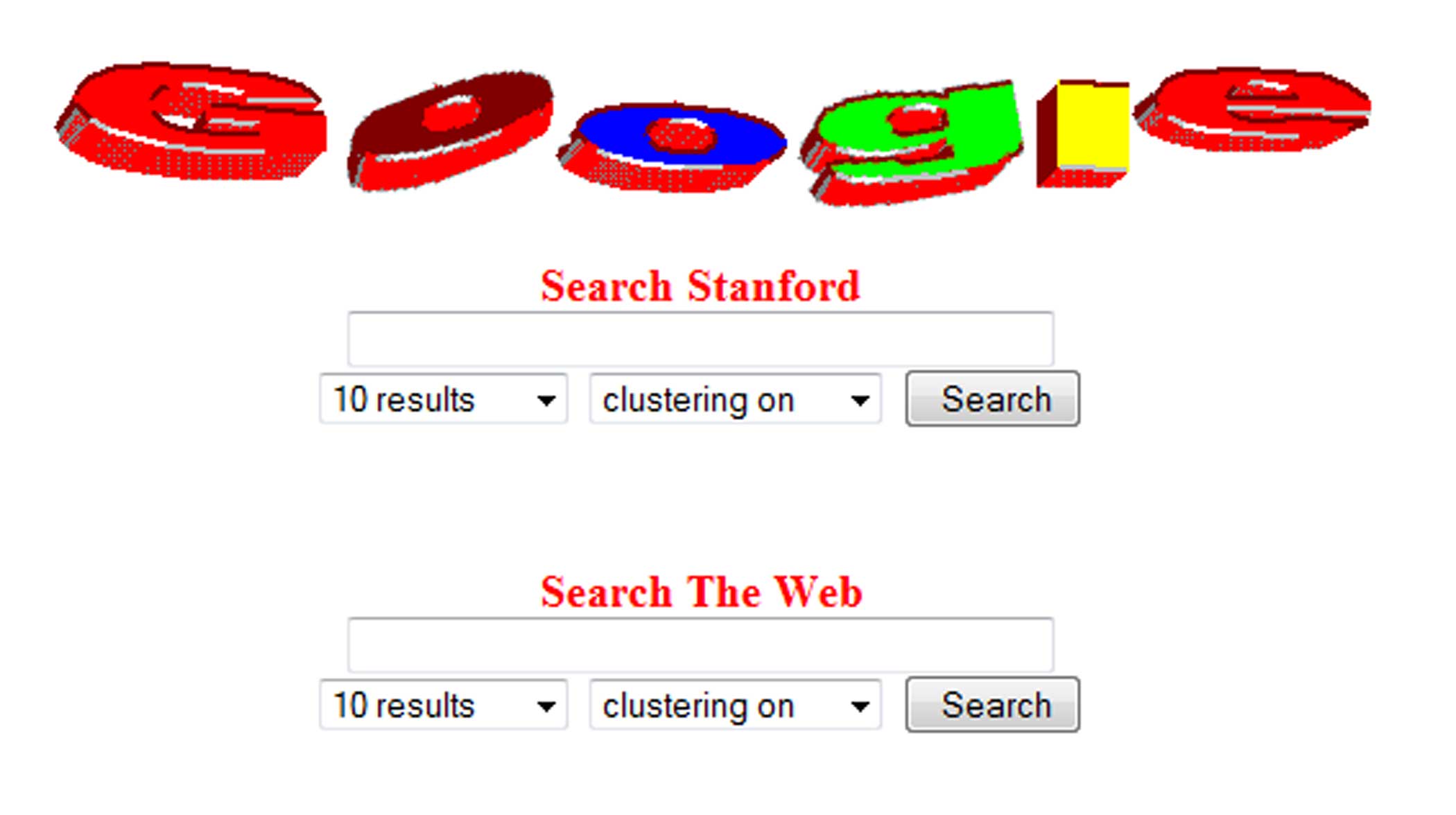
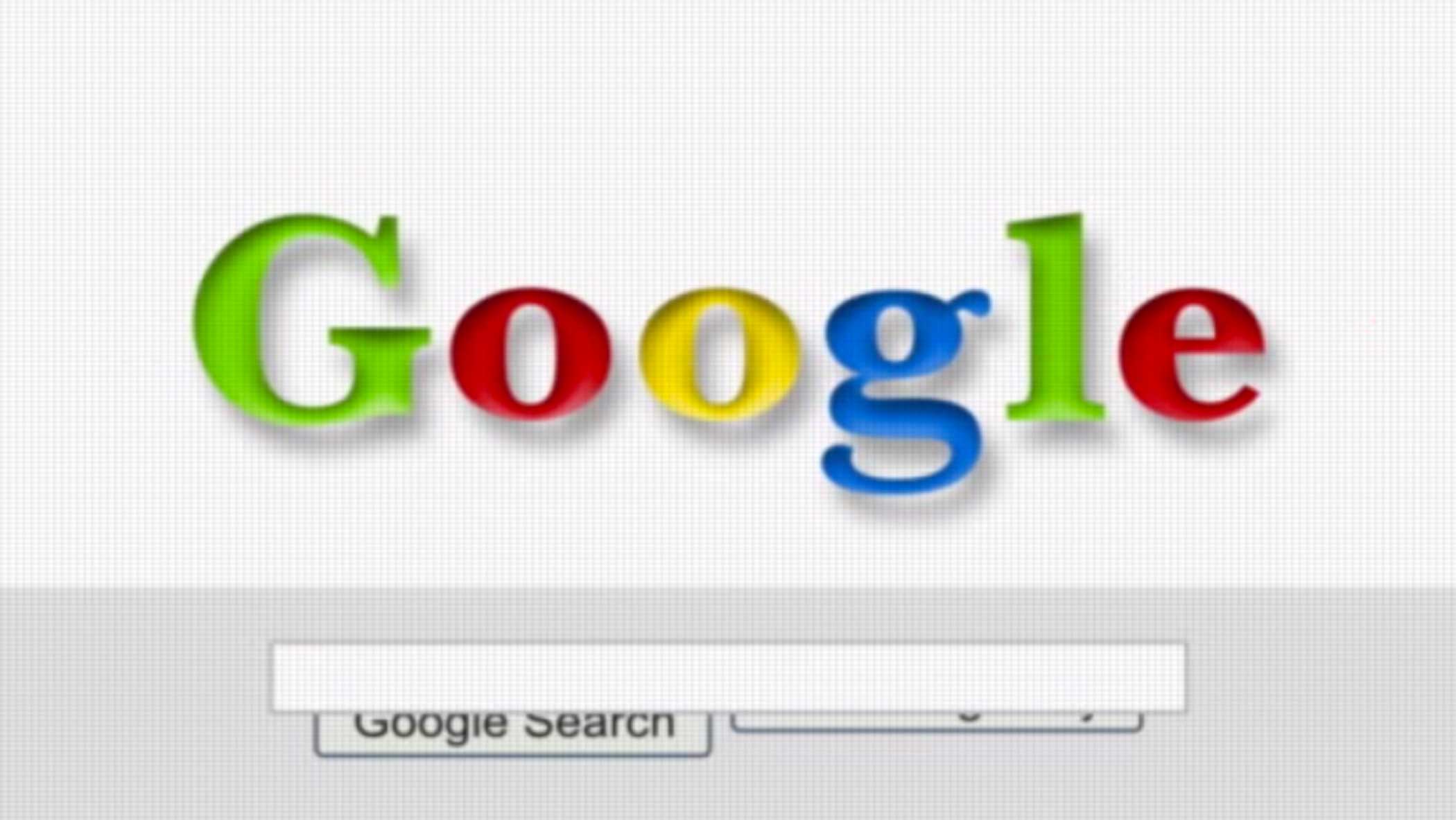

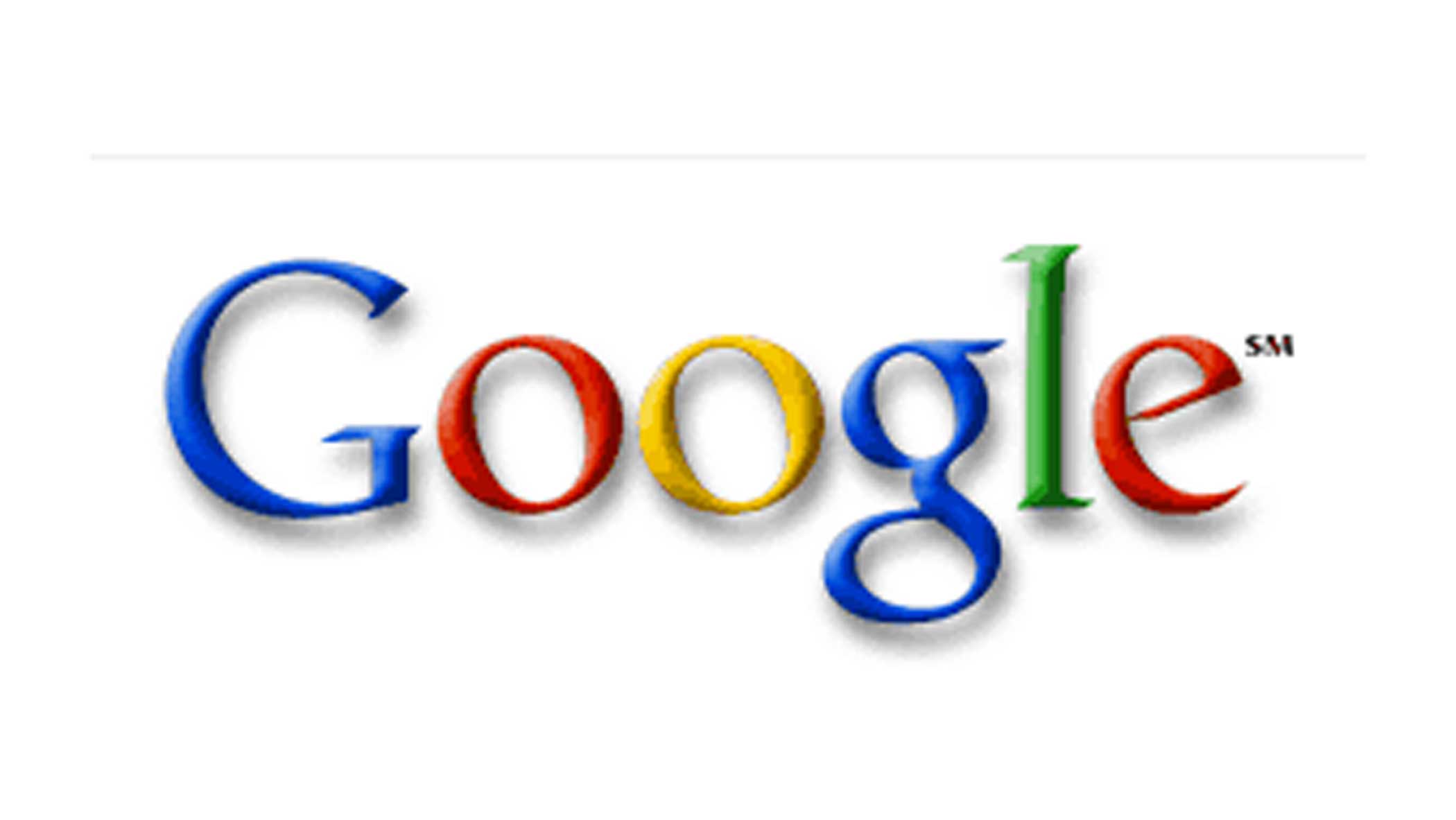
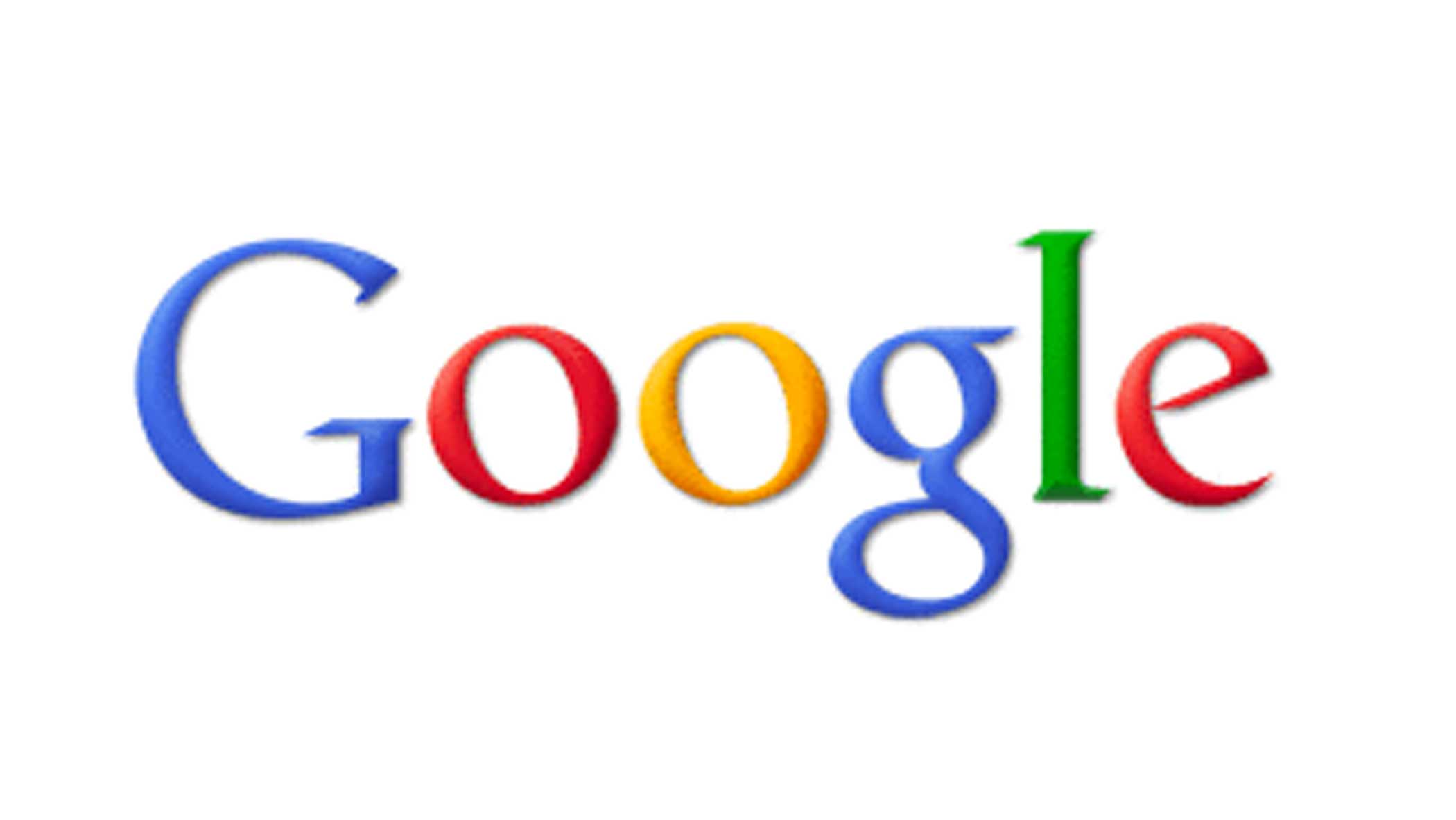
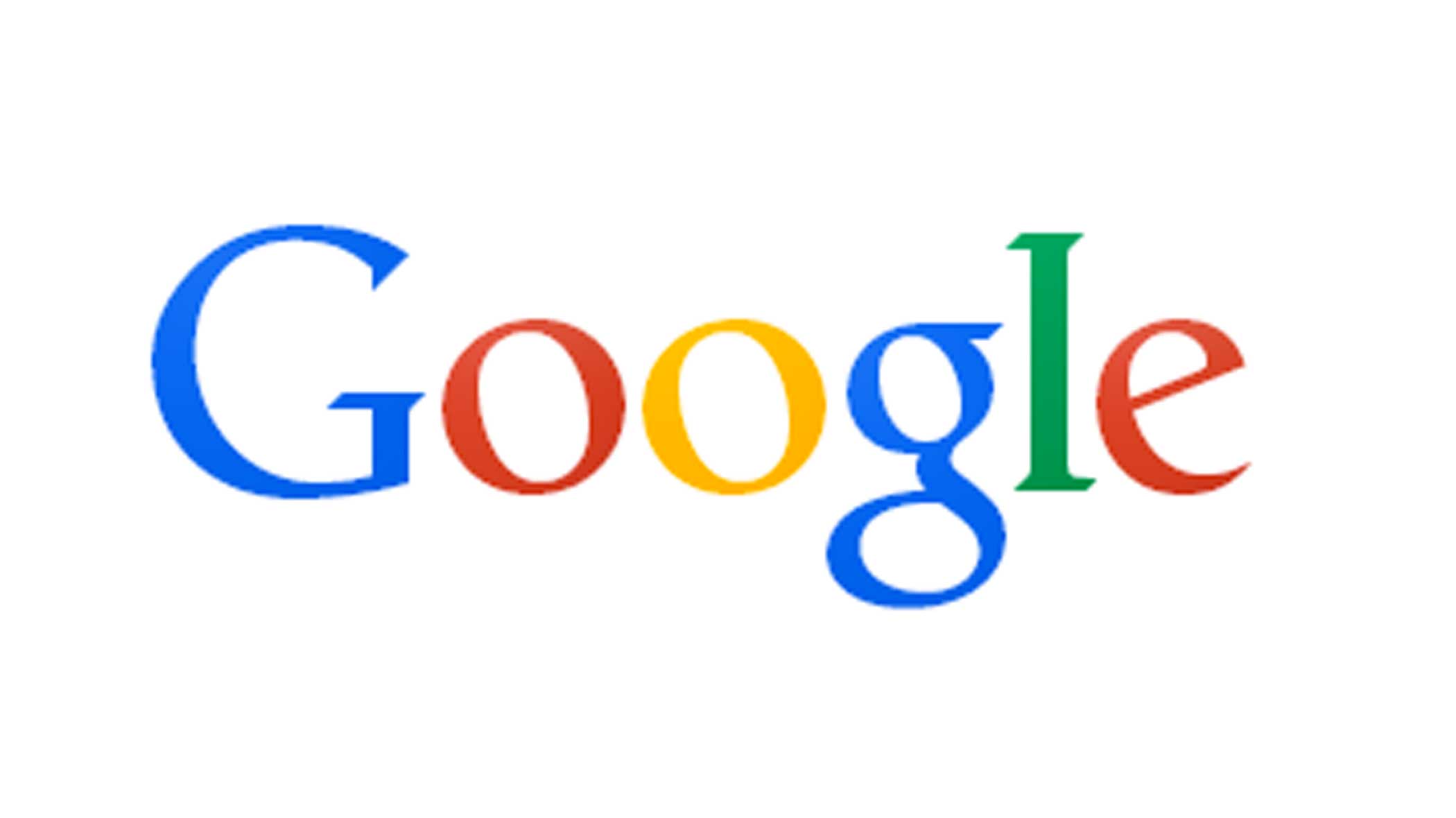

More Must-Reads from TIME
- Donald Trump Is TIME's 2024 Person of the Year
- Why We Chose Trump as Person of the Year
- Is Intermittent Fasting Good or Bad for You?
- The 100 Must-Read Books of 2024
- The 20 Best Christmas TV Episodes
- Column: If Optimism Feels Ridiculous Now, Try Hope
- The Future of Climate Action Is Trade Policy
- Merle Bombardieri Is Helping People Make the Baby Decision
Contact us at letters@time.com